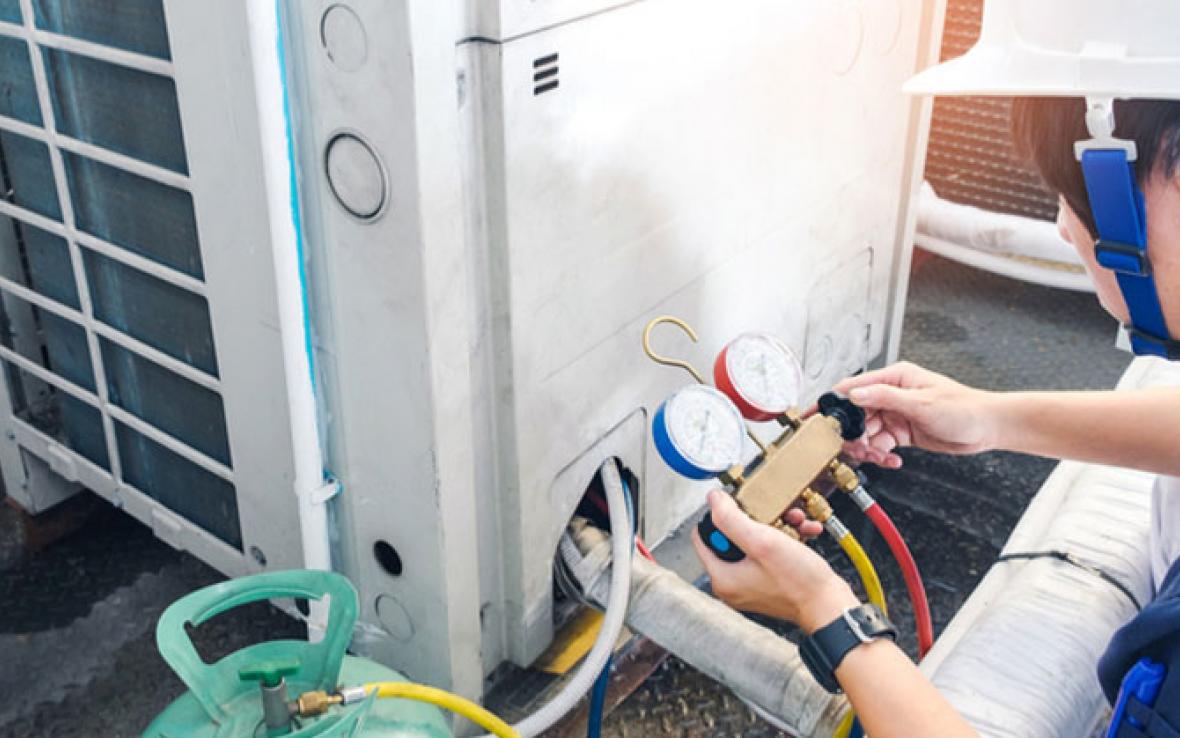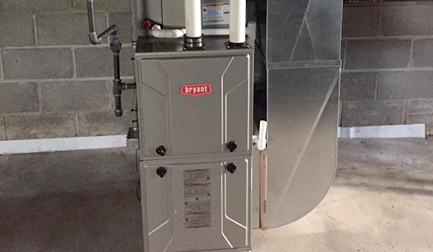Why You Should Forget About Improving Your Forced Air Furnace Installation
Changing a gas heating system ... We will look at the basic procedure for gas heater replacement. These concepts can be easily adjusted for the other types of units. The primary step in furnace setup is to prepare the unit for installation. This includes getting rid of all the loose parts and instructions from the unit.
The cabinets on the majority of units are marked with the proper size opening, it is a basic matter of cutting the needed opening in the proper side or in the bottom. Next, you can put the unit in the desired place. The unit needs to be on rubber isolation pads to decrease noise during operation.
If the unit is to be located in the attic, some special preventative measures should be taken. A secondary drain pan ought to be positioned under the system. This is a plastic pan that is positioned under the system to prevent damage to the house in case of clog of the air conditioning unit condensate drain.
** NOTE ** A condensing heating system must not be set up in an attic in environments that go through temperature levels below freezing. You need to decide which side of the unit the condensate drain will leave. When you set the system in location, it should be close to level but sloped somewhat towards the condensate drain exit.
The connections to the system need to be sealed with a metal foil tape or a duct sealant. ** HOT IDEA ** DO NOT USAGE DUCT TAPE. IT WILL NOT LAST!Now, you can link the vent pipes. On a high performance furnace, there must be an inlet and exhaust made from pvc. The essential thing to these is to properly tidy and glue the pvc joints.
This is to enable correct condensate drain. The next action in heating system setup is to connect the gas supply to the unit. There should be a shutoff valve set up outside the unit. A drip leg should be set up prior to the line getting in the system. This is typically achieved by utilizing a tee with a capped nipple standing out the bottom.

Techniques for Furnace Contractors
After installing the gas piping, make sure there are no gas leakages. This can be accomplished by spraying a gas leak detector service on the connections. Watch for bubbles to form which is a sign of a leakage. Now it is time to make the electrical connections. Your brand-new heater has low voltage (24v) and line voltage (120v) connections.
It is necessary that you focus on the polarity. The majority of the new units are polarity sensitive. The low voltage wires run from the heating system control board to the air conditioning system and/or the thermostat. The standard connections are as follows: R terminal on heating system board connected to R terminal on thermostat typically Gas Furnace Installation with a red wire.


G terminal on furnace board linked to G terminal on thermostat typically with a green wire. C terminal on furnace Forced Air Furnace Installation board linked to C terminal on thermostat normally with a blue wire. There is typically a white wire also linked to the C terminal on the furnace that goes to the air conditioning unit.
Our Gas Furnace Installation Services Team
There is typically a red wire likewise linked to the Y terminal on the furnace that goes to the air conditioning unit. You ought to verify all electrical wiring with the manufacturer's instructions prior to switching on the power. Now, you should connect the condensate drain and run a pipe to a drain location (normally a floor drain).
Furnace Installation, Last Checks ... The last action in your heating system installation is to begin the system and run it through a heating cycle. You ought to examine the outlet air temperature level and the temperature level increase from the return to provide and compare to makers recommendations. Look for correct condensate drainage. Likewise perform another look for gas leakages.
With this heater troubleshooting guide, you get a step by action guide to gas furnace repair work. Our heating system upkeep guide will assist you in extending the life and preserving the performance of your heating unit.